Powerful yet small and lightweight, the Nikon Z series of full frame and APS-C format camera bodies present an excellent solution for shooting landscape photography.
But perhaps more than in any other genre of photography, a camera for landscapes is only as good as the optics that sit on the front of it.
In this post we give the lowdown on the best landscape lenses for Nikon Z cameras; providing options for every Nikon Z model and budget, before going on to consider in greater depth exactly what makes the perfect lens for landscape photography.
While the number of native lenses available for the Nikon Z-mount system remains somewhat limited, they are invariably of fantastic quality; indeed, often superior to their F-mount cousins.
Meanwhile several third-party manufacturers now offer lenses compatible with the Z-mount system via the FTZ adapter that are often equal – if not superior – to Nikon’s own Z-mount offerings.
But which lenses offer the best solution for shooting landscapes with the Nikon Z system?
In this section we provide a rundown of our favorites.
A lens that is sharp right across the frame will be highly desirable for any landscape photographer.
If that lens also happens to be of the zoom variety, as Tamron’s 15-30mm f/2.8 G2 is, then so much the better.
Particularly as this is not an area in which zooms tend to excel.
Pros
- Very sharp
- Weather-sealed
- Real manual focus and AF
- Image stabilization
Cons
- Noticeable barrel distortion
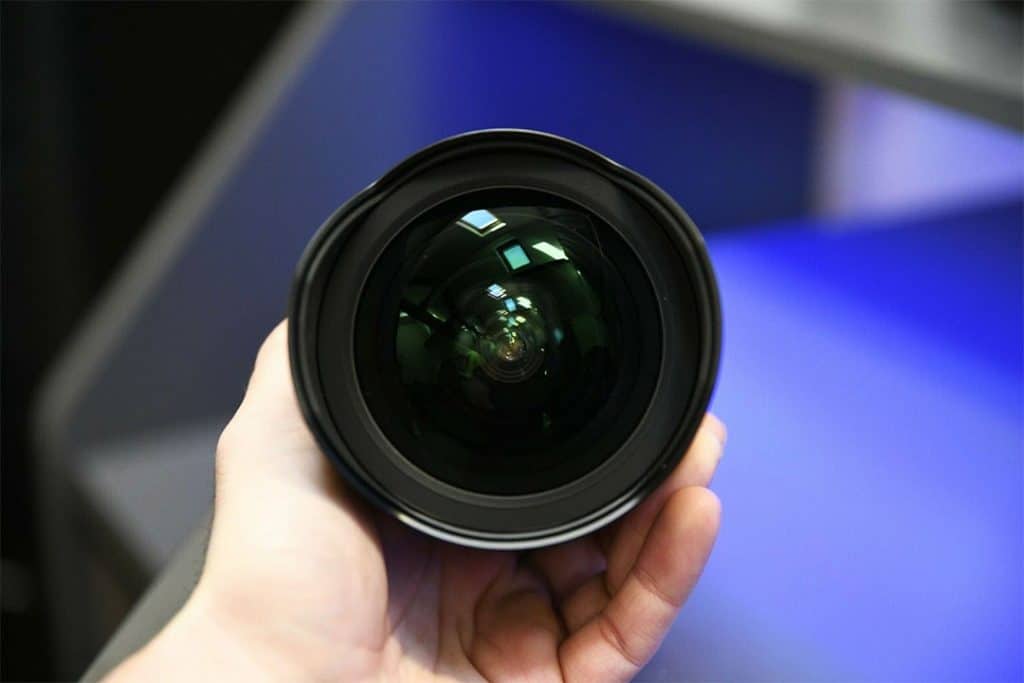
But this isn’t just any old zoom.
Indeed it’s easily one of the most optically impressive wide-angle zooms currently on the market.
The first generation of Tamron’s 15-30mm f/2.8 was already a very sharp lens.
However, performance there was always much better in the center of the frame than at the corners.
But with the updated version of the 15.30mm, Tamron have truly outdone themselves, producing a lens that is supremely sharp from corner to corner.
There’s almost no fall off in light at the edges of the frame either.
However, there is some quite noticeable barrel distortion at all focal lengths. Although this is of course easily rectified at the post-processing stage.
The lens is well built, and comes with a degree of protection against the elements in the form of weather sealing; making it a good choice for those landscape photographers who enjoy backpacking off into the wilds in search of lesser-known vistas (rather than merely shooting from the safety of the visitor center’s car park).
Finally, when it comes to focusing, the Tamron 15-30mm offers the best of both worlds, in that it comes with both highly proficient autofocus and true manual focusing abilities (as opposed to the inferior focus-by-wire system employed by most native Nikon Z lenses).
Costing twice the price of the slower f/4 24-70 Z-mount lens, and weighing considerably more, on first reckoning it might make little sense to go with Nikon’s Z 24-70mm f/2.8 S over the slower but cheaper version.
However, the Z 24-70mm f/2.8 S is without a doubt one of the finest lenses in the current Z-mount range.
And so it should be, considering the price.
Nonetheless, a major investment in good glass is often justified by the superior results.
Pros
- Very sharp, even wide open
- Great autofocus
- Weather sealed
Cons
- Very expensive
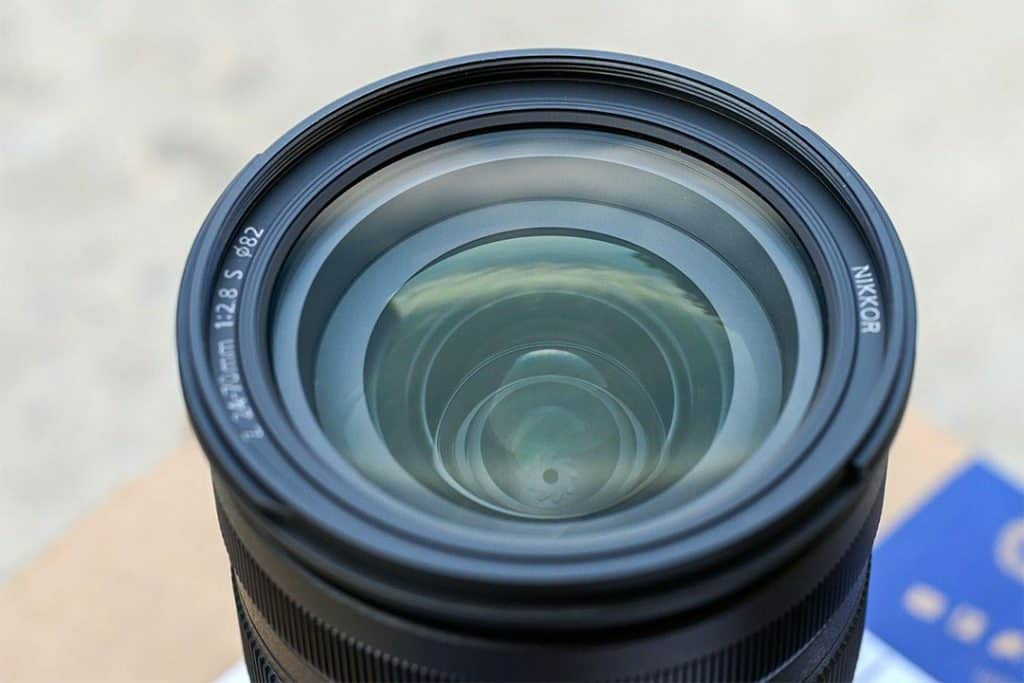
Yet part of what you’re paying for with this lens is fantastic optical performance at wider apertures.
And while the supreme sharpness of the 24-70mm S is undoubtedly something that the average landscape photographer can get down with, the fast f/2.8 maximum aperture is likely to be met by many with relative indifference; simply because landscape photography rarely calls for anything but the deep depth of field created by smaller diaphragm openings.
Of course, many photographers do not restrict themselves to shooting only one style of photography.
And if you are a landscape photographer who also dabbles in other genres, this will likely be the perfect lens for you.
Indeed, although the Z 24-70mm f/2.8 S may be overkill as far as far as many landscape photographers are concerned, it certainly doesn’t come with any compromises on that front.
So if you think you’ll also make use of its other advantages, and can stretch to the hefty asking price, there’s little here that will disappoint.
Although the Rokinon 24mm’s fast maximum aperture of f/1.4 will be wasted on most readers, the fact that it is a sharp and well-built lens means that it will nonetheless tick all the right boxes for a lot of landscape shooters anyway.
And while it makes little sense to pay out extra money for a faster maximum aperture than you’re ever likely to need, in this case the lens is so reasonably priced that you would in any case struggle to find a cheaper alternative that offers similar specs and optical performance.
Pros
- Very sharp
- Almost no color fringing
- Affordably priced
Cons
- No image stabilization
- Manual focus only
- Noticeable barrel distortion
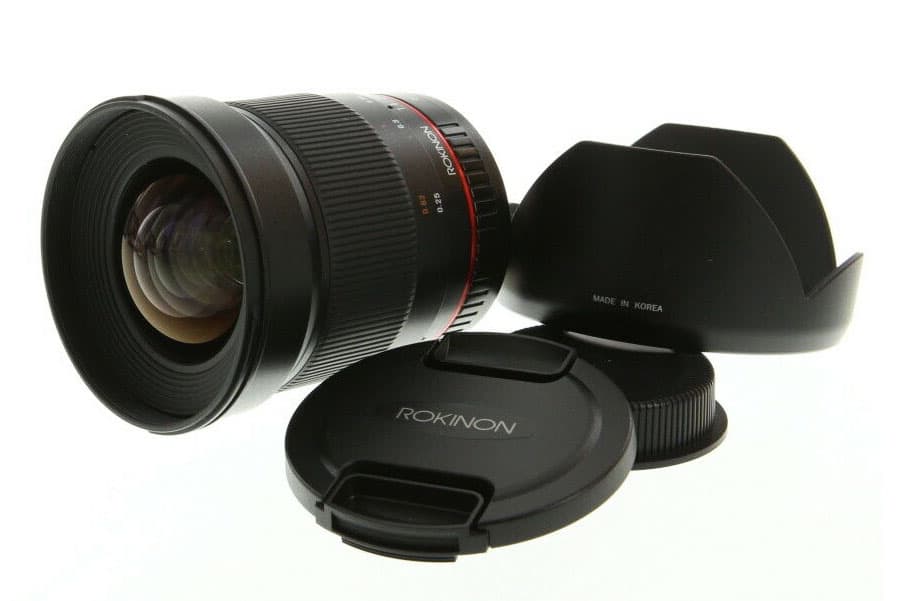
Indeed, the Rokinon’s optics are excellent, with the center of the image very sharp even when shooting at wide apertures.
Meanwhile, any corner softness clearing up by the time you’ve stopped down to f/2.8.
Given that you’re unlikely to ever use such a wide aperture as f/2.8 for shooting landscapes anyway, this means that you are assured excellent overall sharpness and contrast from edge to edge.
However, while color fringing is only minimal, barrel distortion is quite evident with this lens.
Nonetheless, keep in mind that you’ll be able to fix this at the editing stage with a mere click of a button.
The one important thing to be aware of with the Samyang 24mm f/1.4, though, is that it lacks autofocus.
So if a manual-only lens sounds like more hassle than you can contemplate, you’ll need to look elsewhere for a wide-angle solution.
Finally, although the 24mm f/1.4 was designed with full frame shooters in mind, when used on the Z50 it will provide a field of view equivalent to 38mm; a perfectly good mid focal length for landscapes.
The Samyang/Rokinon 14mm f/2.4 is an exceptionally sharp ultra-wide angle prime lens that maintains its impressive optical performance right across the frame.
What’s more, the lens suffers from virtually no color fringing.
Pros
- Extremely sharp
- Minimal chromatic aberrations
Cons
- More costly than many other Samyang/Rokinon lenses
- Not weather-sealed
- Manual focus only
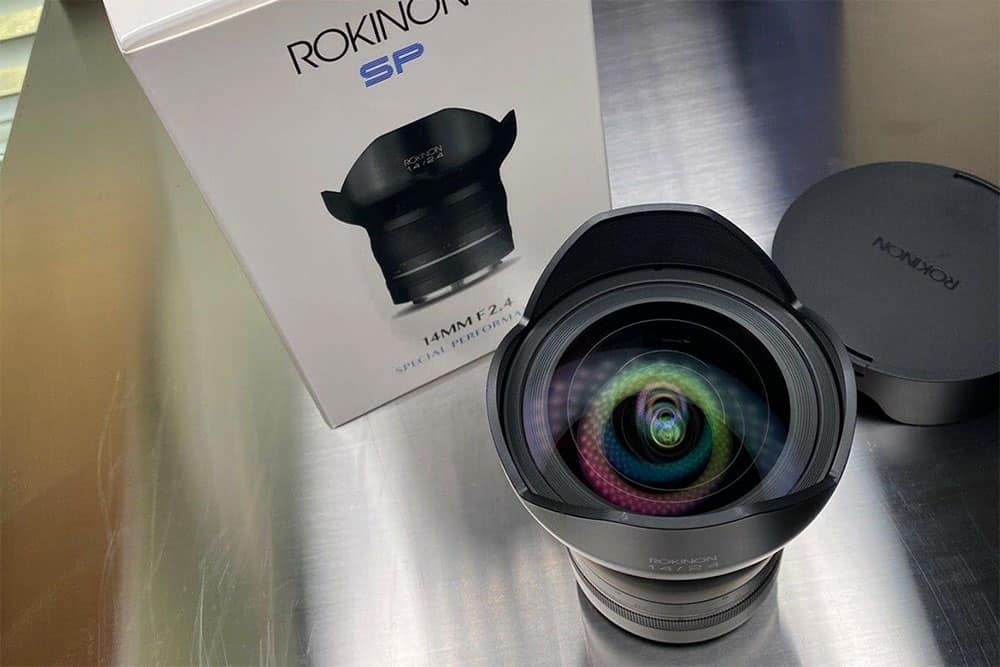
In fact the only noticeable optical defect here is a degree of barrel distortion and some vignetting when used at wider apertures.
But as few landscape photographers will be shooting with this lens wide open anyway, this is clearly not a major concern.
Be aware, though, that the Rokinon 14mm f/2.4 is manual focus only. It also lacks weather-sealing, and is relatively heavy for a prime lens – both of which combine to make it less appropriate for roughing it in the untamed outdoors.
For photographers who shoot astrophotography or low-light documentary work, the relatively fast maximum aperture of f/2.4 will be a big part of the Rokinon 14mm’s allure.
However, while there’s nothing to stop you from experimenting with shallow depth of field landscape photography, generally fast aperture will not be a priority for most landscape shooters.
Given that there are cheaper lenses available at this focal length for those who are willing to forego such a fast maximum aperture, anyone who intends to always shoot stopped down could save themselves a little money by going for a slower alternative.
With that said, though, considering the fantastic all-round optical performance of the Rokinon 14mm, there’s sufficient reason for landscape photographers to choose this lens anyway.
Even if they never plan on opening its diaphragm much beyond f/11.
Nikon’s brand new Z 24-200mm f/4-6.3 VR is a great all-purpose superzoom that will suit those who need an all-in-one solution for landscape photography without totally breaking the bank.
Although not exactly “cheap,” what makes the 24-200mm a “budget” Nikon Z lens is that it lacks some of the top-end optical coatings of the S-line lenses and features a distinctly slow, non-constant, maximum aperture.
Pros
- Long zoom range
- Compact and Lightweight
- Weather sealed
- Sharp
Cons
- Slow, variable, maximum aperture
- Image stabilization
This means that while you get f/4 at the 24mm zoom position, aperture has already dropped to f/4.2 by 27mm, and rapidly nosedives through the range until by 80mm you’re only getting f/6.3; which is where the lens then continues to sit, right up to the 200mm mark.
Realistically though, if you only intend to shoot landscapes with this native nikon Z lens, all this will make little or no practical difference to you.
This is because, in order to achieve a deeper depth of field, you’ll want to be shooting at a smaller aperture than f/6.3 most of the time anyway.
Despite not being a top of the range Nikon Z series lens, the build quality here nonetheless feels pretty sturdy and Nikon has added weather sealing for good measure.
Despite this though, the whole thing is surprisingly small and lightweight.
Combine that with the fact that the lens offers such an exceptionally wide zoom range, and it could be the only piece of glass you need for long days of trekking into the back of beyond.
That’s all fine and good, but what about the results?
While a lightweight, compact lens with such a long zoom reach could certainly be very handy for landscape photography, it would only be worth packing in your camera bag if it were capable of producing genuinely good-looking images.
And here the 24-200mm certainly delivers.
Indeed, although superzooms rarely offer the best solution in terms of optics, image sharpness here is actually very good throughout the zoom range.
True, it might not stand up against one of the supremely sharp Nikon Z primes, but it undoubtedly outdoes most other lenses in its class.
The Nikkor Z DX 16-50mm f/3.5-6.3 VR is a supremely lightweight and compact zoom lens for Nikon’s APS-C format Z50 camera body.
Offering a good range of focal lengths from moderately wide-angle through to moderate telephoto, the 16-50mm makes a great option for those who engage in landscape photography more as a journey than a destination.
Pros
- Very small
- Image stabilzation
- Good center sharpness
- Persuasively priced
- Image stabilization
Cons
- Slow, variable, maximum aperture
- Plastic construction
- Less sharp at the corners
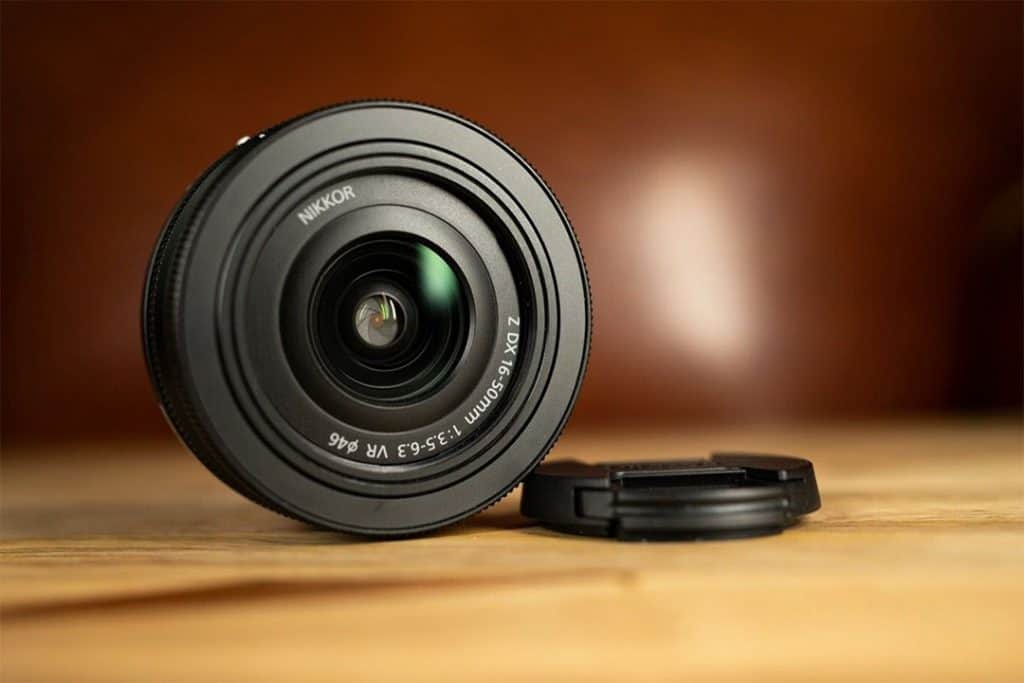
Meaning that any Nikon Z shooter who goes out into the field for the sole purpose of shooting landscape photography will probably be willing to fill their bag with all the heavy glass it takes to get the job done; whereas those who perhaps go for the trip itself (just as much as for any photographic results it might produce) may be happy to compromise somewhat on versatility in exchange for the enormous advantage this lens brings in terms of convenience.
Overall the lens exhibits very good center sharpness, however the edges of the frame are a little less impressive.
Central sharpness is best at around f/8, and when using the lens at wider focal settings; with noticeable deterioration as you zoom through the range.
Meanwhile, edge sharpness of course improves at longer settings.
Color fringing is well controlled at wide zoom settings, and practically undetectable from about the middle of the zoom range onward.
The Nikkor Z 14-30mm f/4 S is a great lens for those looking to shoot wide vistas but who would prefer to avoid hauling around too much heavy glass.
The lens is well-built from metal and plastic and comes with dust and moisture proofing.
And – good news for landscape shooters – a flat front element means it has no problem accepting filters.
Although the lens is not pin sharp at its widest aperture setting, stopping down to f/4.5 and beyond quickly does away with all signs of softness.
Pros
- Lightweight, compact, retractable design
- Weather sealed
Cons
- Expensive considering slow maximum aperture
- No image stabilization
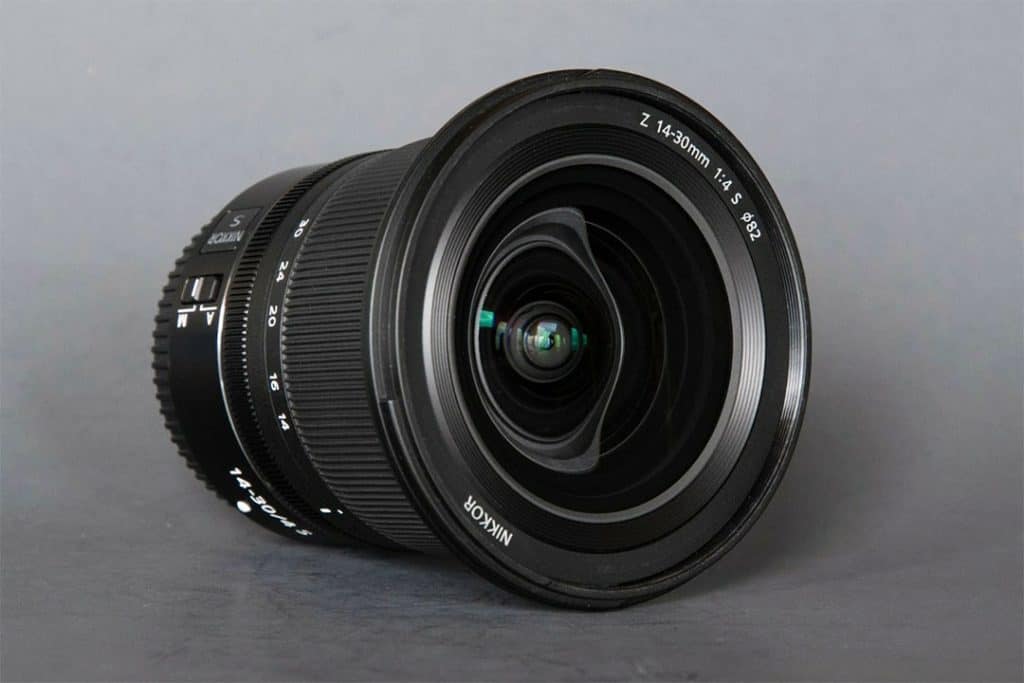
However, the 14-30mm is perhaps not quite as sharp at the 30mm end of the zoom range as we might have hoped from such a pricey lens – particularly considering the superior optical performance of the 24-70mm f/2.8 S (although the 24-70mm also costs a lot more).
Meanwhile vignetting is quite noticeable at wider zoom settings.
However this does clear up as you stop the lens down, and can anyway be painlessly removed by software.
There’s no image stabilization, but both the Nikon Z full frame bodies come with this function at the sensor level anyway.
This is Nikon’s “standard” zoom for the Z6 and Z7 Mirrorless cameras, and can often be purchased in kit form along with one of the aforementioned bodies.
However this is not your classic el cheapo zoom of the kind that comes bundled with Nikon’s entry-level APS-C cameras.
In fact the lens exhibits very little in the way of chromatic aberration and center sharpness is excellent.
However corners exhibit a little less precision in this department, so for greater edge-sharpness you could instead opt for the f/2.8 version of this lens.
Pros
- Sharp
- Weather sealed
Cons
- Slow maximum aperture
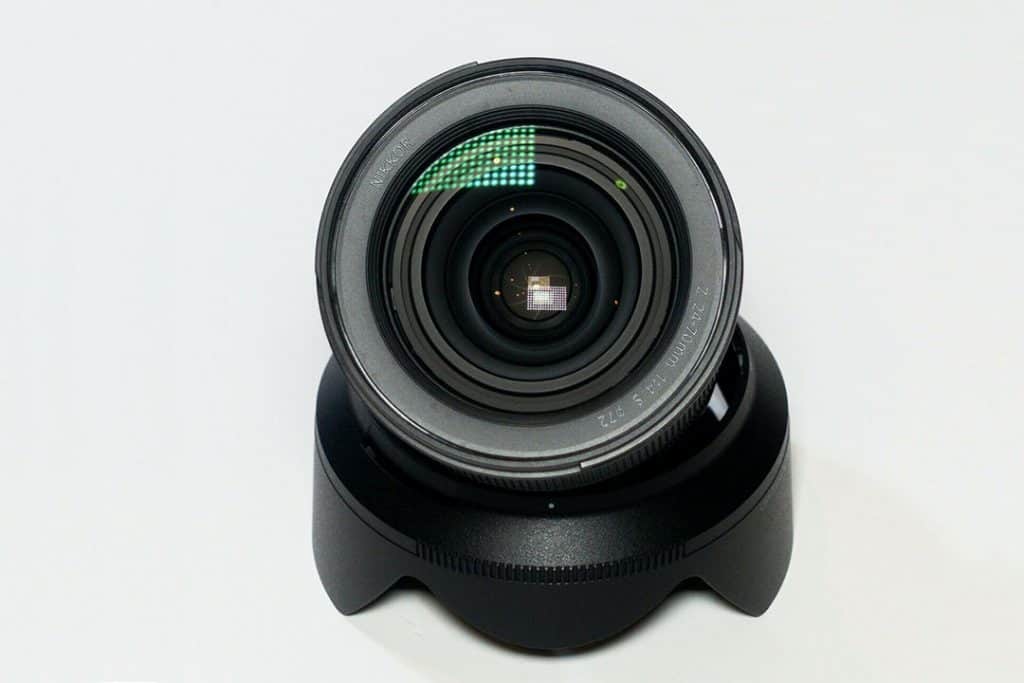
But be warned that there is a very substantial difference in price between the two models – one which may not be a worthwhile investment for landscape photographers, given that they are in any case unlikely to make use of the extra light gathering abilities afforded by the pricier lens.
The Nikon Z Landscape Photographer Buying Guide - What You Really Need
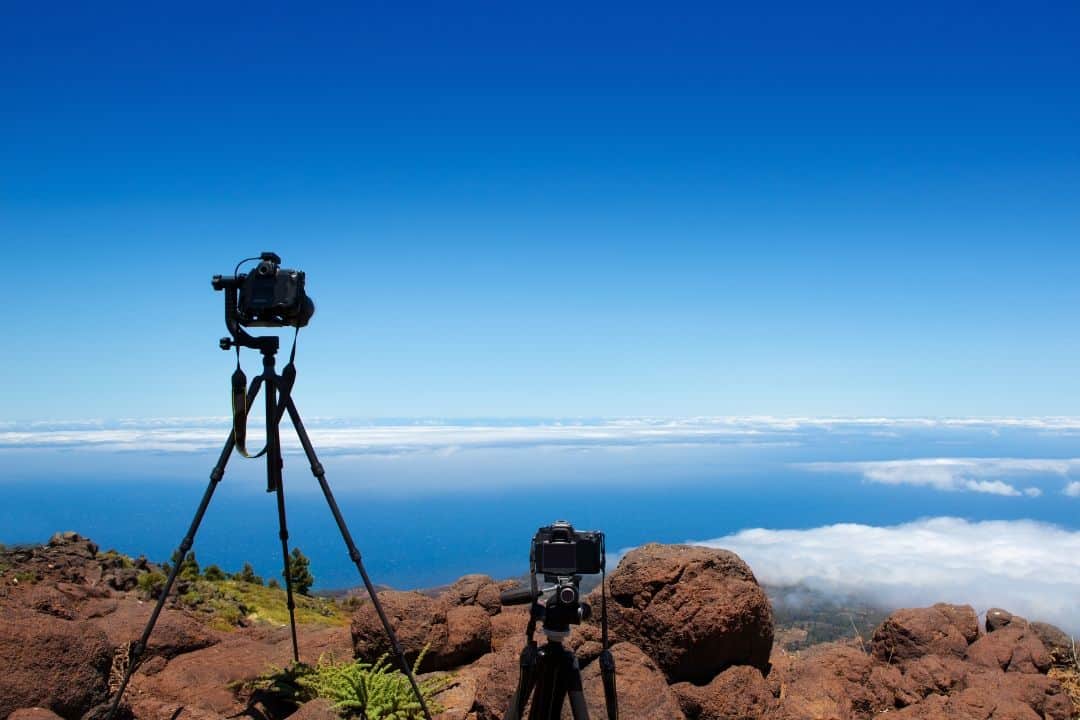
Aperture
As repeatedly stressed above, lenses with fast maximum apertures are rarely a top priority for landscape photographers.
Sure, a relatively fast aperture might come in handy for the occasional more experimental landscape shot, or if you find yourself needing to shoot without a tripod.
But generally landscape photography requires achieving a deep depth of field, for maximum sharpness from foreground to background.
And that means stopping down the lens to a small aperture such as f/11 or beyond.
Given that fast maximum aperture lenses are more costly to build than slower ones, this means that photographers who only plan on shooting landscapes and nothing else can make a considerable saving by foregoing fast glass in favor of lenses with a maximum aperture of f/4 or slower.
Sharpness
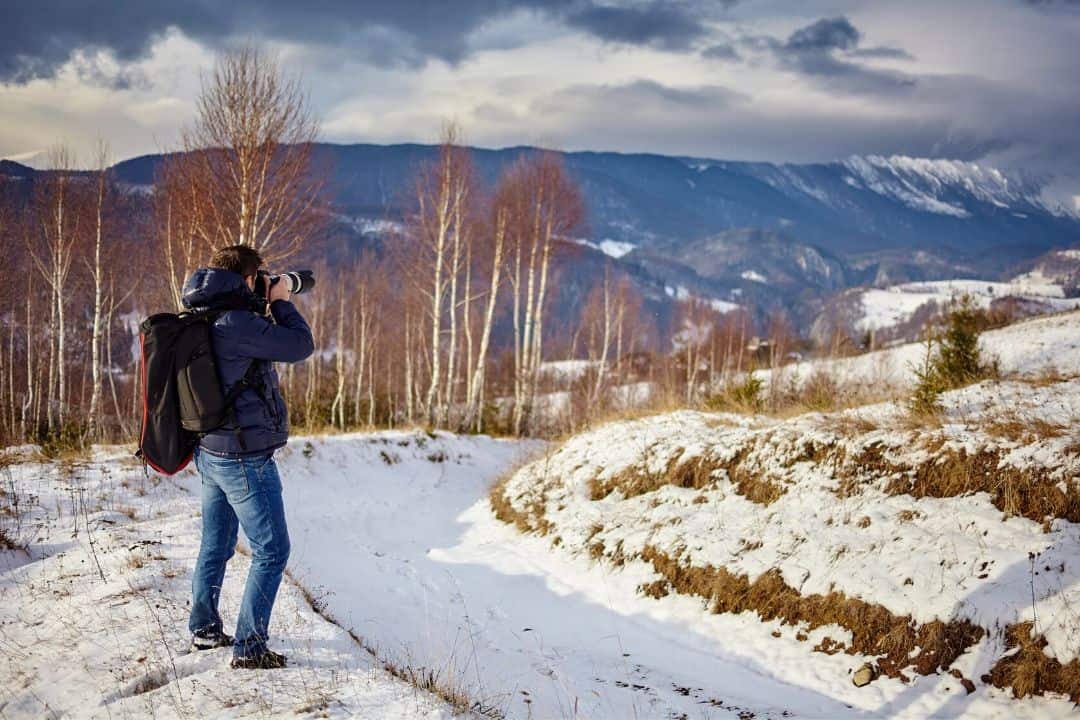
Unfortunately any savings the landscape photographer might be able to make by sacrificing wide apertures is often cancelled out by the necessity to invest in the sharpest optics possible.
And in searching of this holy grail, it’s important to understand that lenses tend to be at their sharpest at the center of the frame, but may vary considerably in how well they perform towards the edges.
Indeed, some lenses maintain sharpness right into the corners, while the optical performance of others quickly deteriorates as soon as you move away from the center.
Unlike, say, lenses for portrait photography, where a certain degree of softness is often forgivable (and, at the corners, perhaps even desirable), landscape photography really calls for exceptional sharpness right across the entire image.
And just as with a lens’s light gathering abilities, cross-frame sharpness is a quality for which you should expect to pay a real premium.
The good news, however, is that all lenses tend to be at their sharpest when stopped down to smaller aperture settings (although be aware that this process starts to reverse once you go too far, with the pendulum swinging back towards softness again at the smallest aperture settings due to diffraction).
This means that many lenses that may be less desirable to other photographers due to mediocre optical performance at their widest apertures can still be very attractive to landscape photographers, provided that any softness quickly clears up once the lens is stopped down a few stops.
Focusing

For some genres of photography – say photojournalism or sports – lightning-fast autofocus may be every bit as important as image quality.
If not more so. But the landscape photographer invariably works at a totally different pace.
While the days of throwing a black cloth over the head and exposing glass-plate negatives with a wooden field camera may have long since passed (at least for most of us), landscape photography still retains something of the slow and deliberate working methods of yesteryear.
In part this is because landscape photography is a game of waiting; for the sun, for the clouds, for the wind. But also simply because the subject tends not to be especially fast moving. Indeed, mountains, forests, and glaciers rarely move at all.
For this reason, autofocus is unlikely to be the dealbreaker that it so often is with other types of photography.
In fact, many landscape photographers actually prefer working with manual focus lenses.
For a start, a manual focus lens will have hard infinity stops.
They also tend to come with depth of field scales engraved on the barrel. These details can be helpful when using hyperfocal focusing techniques to achieve maximum depth of field.
Aside from this though, a careful photographer, with good eyesight, photographing a static subject, will likely focus more accurately by manual means than with autofocus.
This is because a photographer is able to employ intelligent judgement in deciding precisely where to place the point of focus, whereas cameras are not widely known for their discerning intellect.
A mountain, a tree, a house; it’s all the same to the autofocus motors.
If you do go the manual focus route, be aware that not all manual focus lenses are created equal.
Most of the current Nikon Z lenses employ a technology known as focus-by-wire.
This is effectively simulated manual focus; rather than the focus ring directly moving mechanical parts of the lens (as on a traditional manual focus lens), instead a twist of the ring electronically communicates with the focus motors, telling them to move the lens elements for you.
As this system lacks the direct, tactile control offered by true manual focus, and can sometimes even result in a degree of lag, many photographers find using focus-by-wire lenses quite unsatisfying.
While focus-by-wire will be less of a handicap for landscape photographers than in other genres of photography (where speed and precision may be more critical), the system will nonetheless not be to every landscape photographer’s liking.
Thankfully, as an alternative, the third party lenses we recommend here employ true, linear, manual focusing.
Primes vs Zooms

Both zooms and prime lenses offer their respective advantages and disadvantages.
In some areas of photography, the technical requirements of that particular genre will often swing the debate in clear favor of one type of lens or the other.
But when it comes to landscape photography, the argument is fairly equally weighted on both sides.
This means that the decision as to whether you should go with primes or zooms when choosing landscape lenses for your Nikon Z camera will largely come down to personal preference.
In order to help you decide which will work best for your landscape photography, it can be helpful to characterize the two types of lens in the following manner (although keep in mind that these are broad generalizations and as ever there will be many exceptions).
Prime Lenses
All other things being equal, prime lenses:
● Tend to be sharper than zooms
● Tend to be smaller and lighter than zooms
● Tend to offer faster maximum apertures than zooms
● Tend to be cheaper than zooms
Yet the downside is that prime lenses offer only a single fixed focal length.
So if you think that you will want to shoot at a variety of focal lengths with your Z6 or Z7, , you will need to purchase (and then carry around with you) multiple lenses.
However, if you’re looking for fantastic optics on a budget, the answer is usually to stick with a couple of solid prime lenses and use your legs as a (healthier) zoom replacement for homing in on your subject.
Zoom Lenses
Meanwhile zoom lenses often fall behind primes on most of the above features, yet provide a much greater degree of convenience in that they offer the possibility to shoot at a range of focal lengths without the necessity of lugging around multiple lenses.
For landscape photographers who may spend long days carrying all their equipment on their backs, the advantage of combining several lenses in one should not be underestimated.
Size and Weight
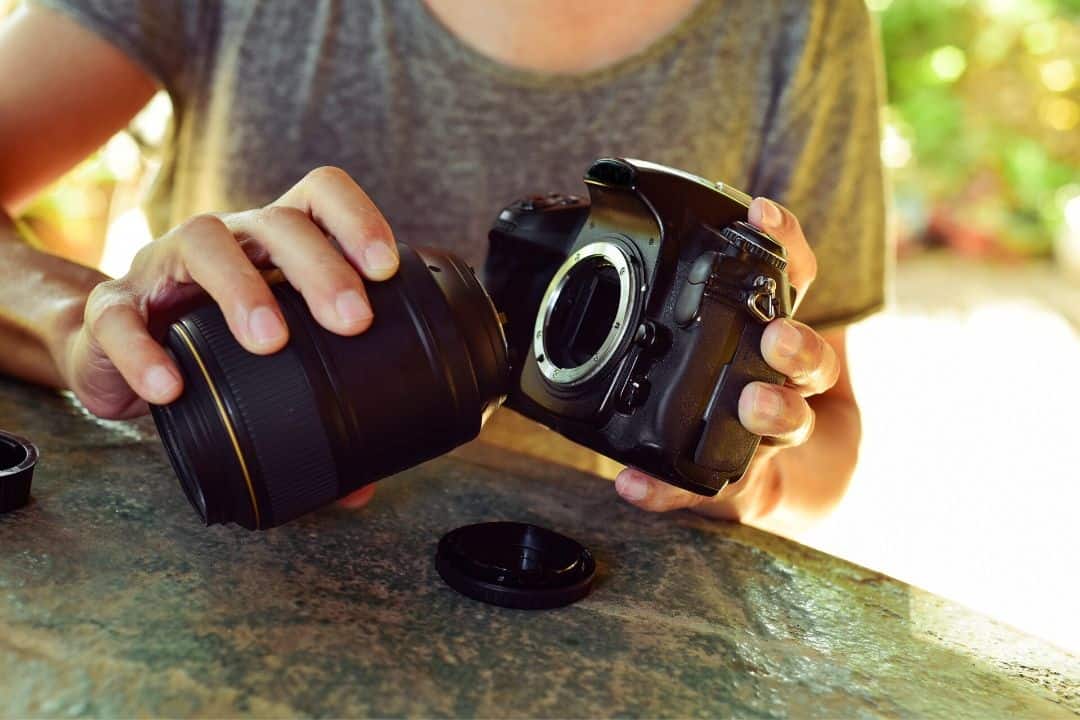
Good optics are often big and heavy optics. Yet lightweight, pocketable lenses are less likely to leave you limping to the osteopath after a day’s hiking to remote photography locations.
This means that you’ll either need to carefully consider which is most important for your photographic needs – portability vs image quality – or pay a premium price to have your cake and eat it too; purchasing one of those rare lenses that manage to combine excellent sharpness with a compact and lightweight design.
Weather Resistance
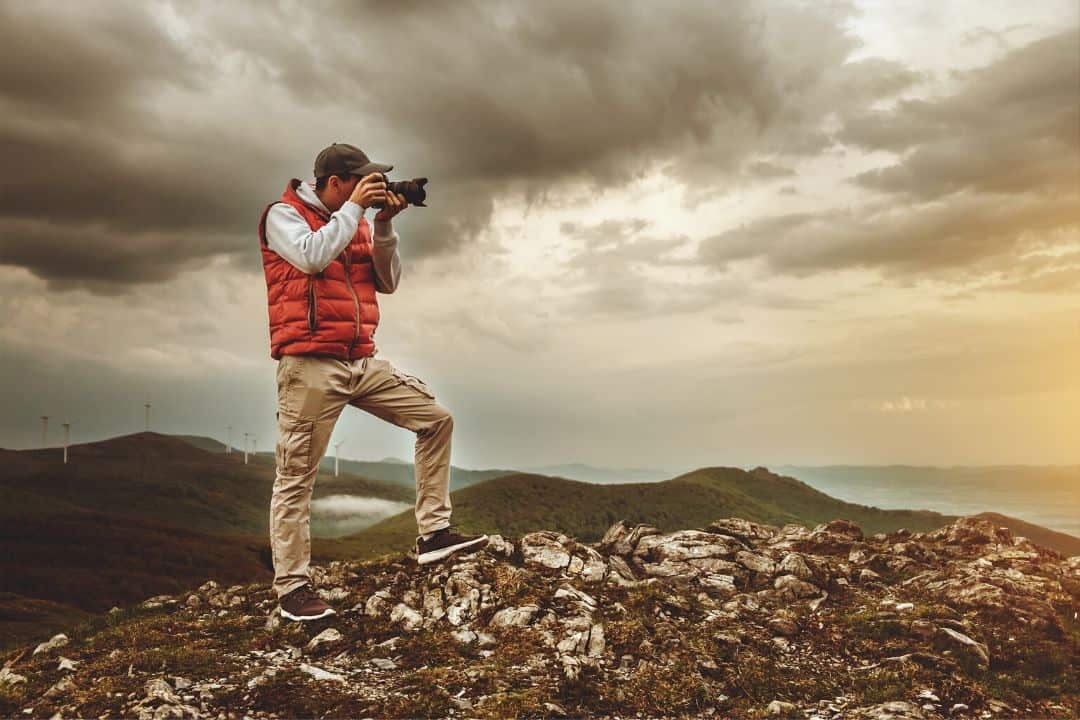
The most life-threatening experience a studio photographer’s lenses might potentially face is being dowsed in the make-up artist’s post-shoot drink.
But for many landscape photographers, a good part of their time will be spent in truly inhospitable conditions; with camera and lens receiving the brunt of the maltreatment and foul weather.
From grit and sandstorms, to rain, snow, and ice, there are many good reasons why a landscape photographer might find it more reassuring to purchase lenses that come with professional-grade weather sealing.
As ever though, this will depend on your way of working; if you rarely move more than a few feet from from the car to take your photos, you can probably live without weather-sealed lenses.
Final Thoughts
Combining excellent image quality with good portability, Nikon’s Z-mount cameras offer a very appealing solution for photographers in search of a lightweight but highly powerful solution for shooting landscapes.
And although the range of native Nikon Z mount lenses is still in its infancy, among these can be found numerous fantastic choices for landscape photography.
Add to these some of the equally excellent – and often much more affordable – glass produced by third-party manufacturers (compatible with the Z-mount system via Nikon’s FTZ adapter), and the Nikon Z system is clearly one of the best out there right now for landscape photography.
Which landscape lenses for Nikon Z cameras would you recommend?
Are we missing your favorite Z-mount lens from our list?
We’d love to hear about your experiences of shooting landscapes with the Nikon Z system; feel free to share them, and any questions you might have, in the comments section below.

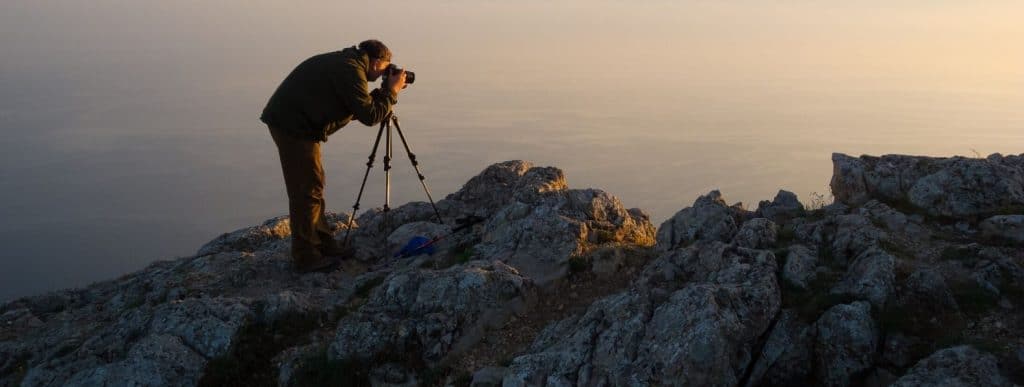
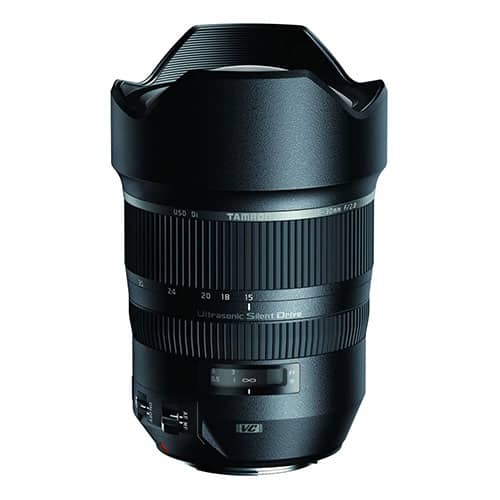
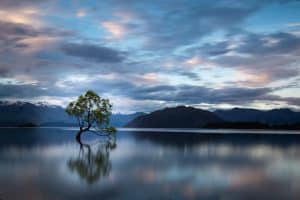
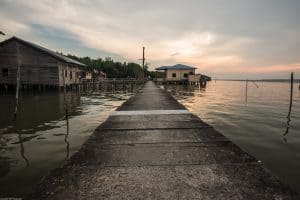

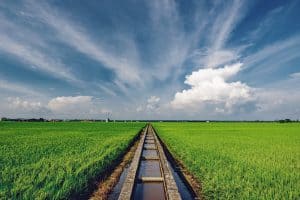
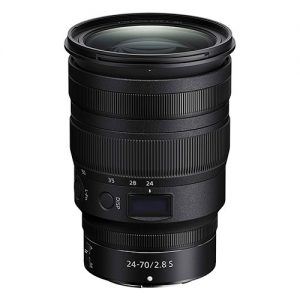
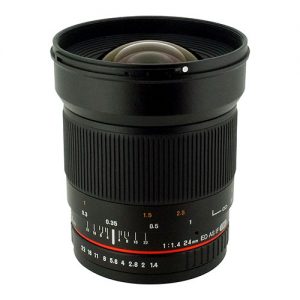
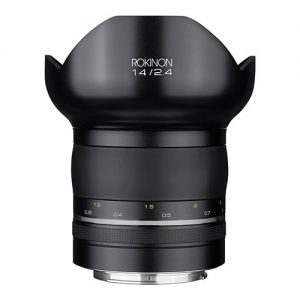
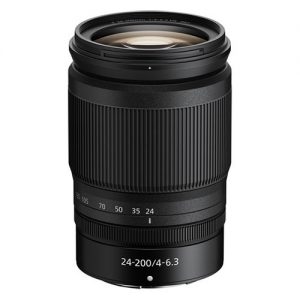
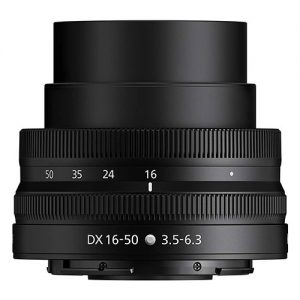
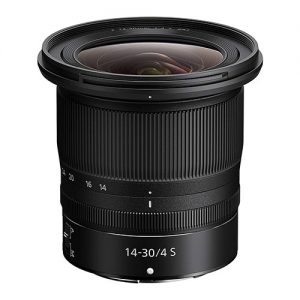
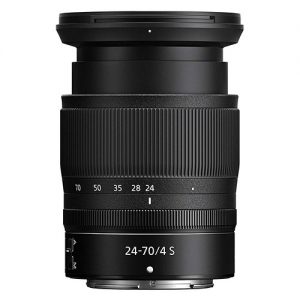


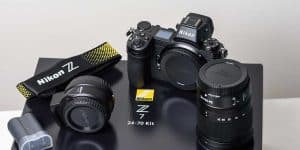
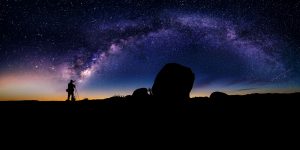

5 thoughts on “Top 8 Best Landscape Lenses for Nikon Z Mount”
I want to buy nikon z6 camera but can’t decide which lens ? i am a trekker and traveller . Which is the best quality ( perfect image) lens for the z6 if i buy only one lens ?
Hello, the most common suggestion would be a 24-70 zoom lens for all around use. You can’t go wrong with the 24-70mm f/2.8 so that would be my “one lens” suggestion for the Z6.
Hello, I see that Pergear has a 7.5mm fish-eye lens with a Z mount. Any thoughts on that?
Hi Rudy,
Well done with your lens articles for Nikon Z. I have read a few already and I like how detailed you are about all aspects.
I have switched to Z system about two years ago. I went full in – sold my f-mount stuff immediately. No looking back. The Z lenses are superior in almost every aspect.
I agree with you about the focus-by-wire. While it works great in most cases, manual focusing is not as convenient, especially because it is non-linear. And because of reset when turning the camera off. I do like how accurate it is and smooth, for video work.
One of my favourite Z lenses is the 24-200mm. While not great in most specifications, it is an amazing all rounder which makes it so appealing. I wrote a review about it, if you want to read it.
Keep up the good work!
Thumbs up!
Thanks for your comment! I agree, Z mount is the future for Nikon, and the 24-200, a great all rounder for daylight photography, which is why I included it in this article 🙂 Great review and nice shots with it!